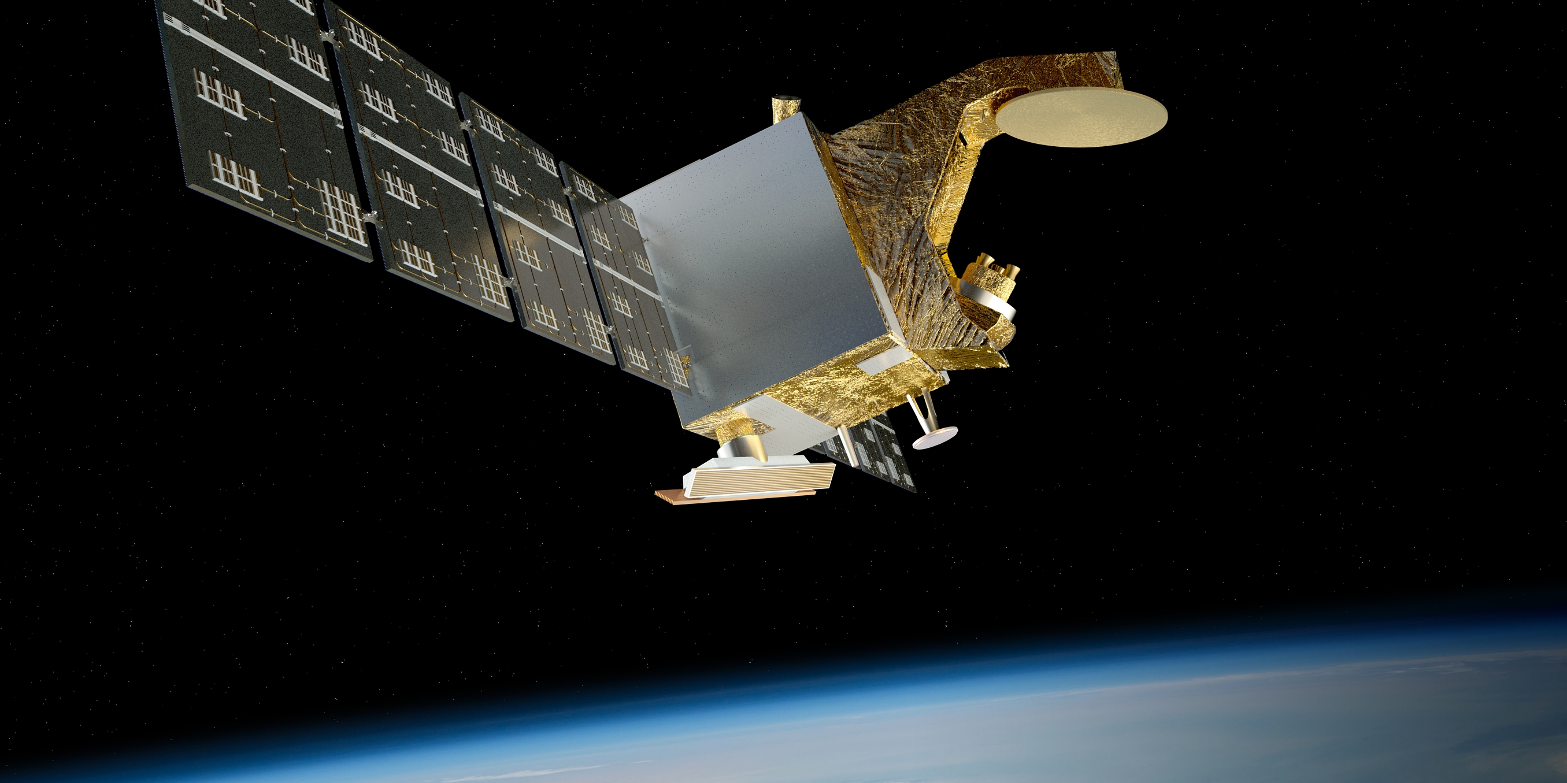The China-France Oceanography Satellite (CFOSat) was successfully placed into orbit by a Chinese Long March 2C launched from the Jiuquan base in Inner Mongolia on 29th October.
The China-France Oceanography Satellite (CFOSat) was successfully placed into orbit by a Chinese Long March 2C launch vehicle from the Jiuquan launch base in Inner Mongolia on 29th October. CFOSat’s solar array deployed successfully 32 minutes after lift-off, and the satellite started its science mission to study ocean surface winds and waves.
The CFOSat mission has been designed to gain new insights into ocean surface characteristics and their impacts on the atmosphere-ocean exchanges that play a key role in the climate system. The satellite is carrying two radar instruments: SWIM (Surface Waves Investigation and Monitoring), developed by France, which will survey the length, height and direction of waves; and SCAT (wind SCATterometer), developed by China, which will measure the strength and direction of winds. Simultaneous acquisition of wind and wave measurements by the two instruments constitutes a scientific first.
France and China developed the satellite together. During the data exploitation phase, the China National Space Administration (CNSA) will be in charge of satellite command-control from its Xi’an control centre. Working closely with this operational team, French space agency CNES will task and monitor the SWIM instrument from its Toulouse Space Centre. CNSA will likewise task and monitor the SCAT instrument from its mission centre in Beijing.
Each country will acquire all SCAT and SWIM science data via two French receiving stations in Canada and Sweden and three stations in China. Each partner nation will thus assure redundancy of science telemetry reception and processing.

